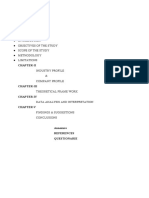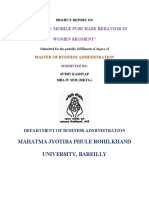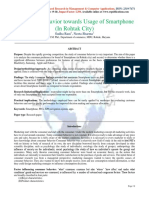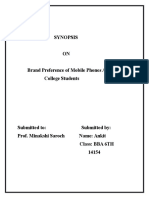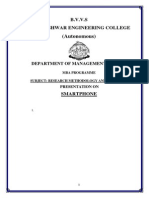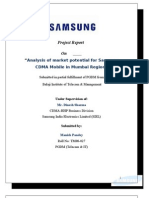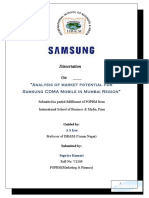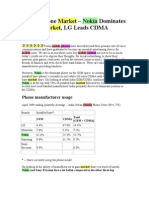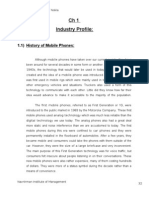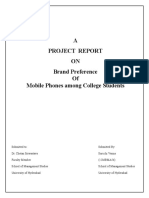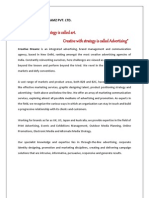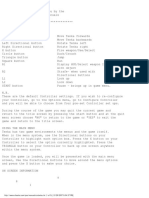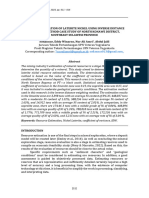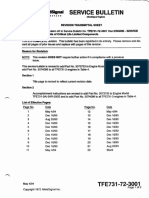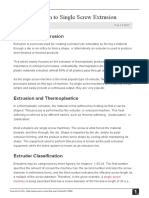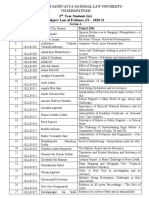0% found this document useful (0 votes)
250 views30 pagesBes'S Institute of Management Studies and Research
This document provides an executive summary of a final project report on a study of consumer buying behavior regarding mobile handsets in Mumbai, India. It introduces the topic of increasing mobile phone usage and lists major mobile phone technologies (GSM, CDMA, smartphones) and brands in the global market (Nokia, Samsung, LG, Sony Ericsson, Motorola). It then summarizes the objectives and limitations of the study, which examines preferences and expectations of mobile phone users in Mumbai to provide insights to manufacturers.
Uploaded by
Sayed FaizCopyright
© Attribution Non-Commercial (BY-NC)
We take content rights seriously. If you suspect this is your content, claim it here.
Available Formats
Download as DOCX, PDF, TXT or read online on Scribd
0% found this document useful (0 votes)
250 views30 pagesBes'S Institute of Management Studies and Research
This document provides an executive summary of a final project report on a study of consumer buying behavior regarding mobile handsets in Mumbai, India. It introduces the topic of increasing mobile phone usage and lists major mobile phone technologies (GSM, CDMA, smartphones) and brands in the global market (Nokia, Samsung, LG, Sony Ericsson, Motorola). It then summarizes the objectives and limitations of the study, which examines preferences and expectations of mobile phone users in Mumbai to provide insights to manufacturers.
Uploaded by
Sayed FaizCopyright
© Attribution Non-Commercial (BY-NC)
We take content rights seriously. If you suspect this is your content, claim it here.
Available Formats
Download as DOCX, PDF, TXT or read online on Scribd
/ 30





